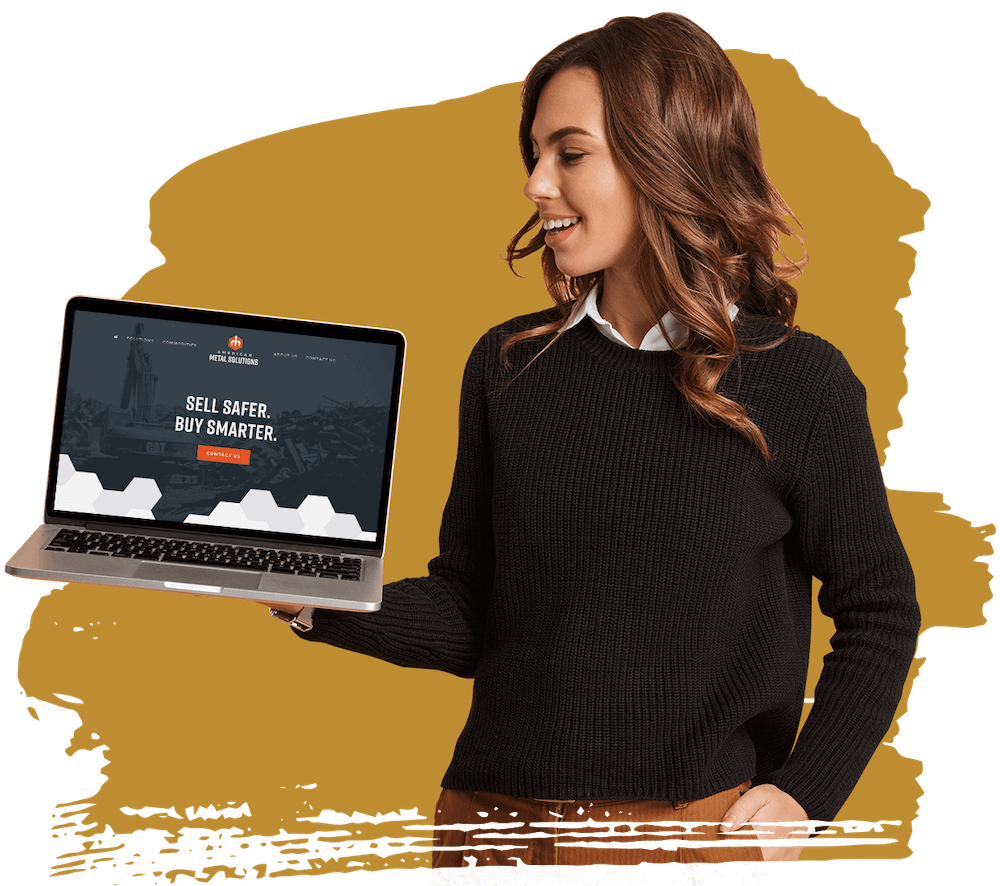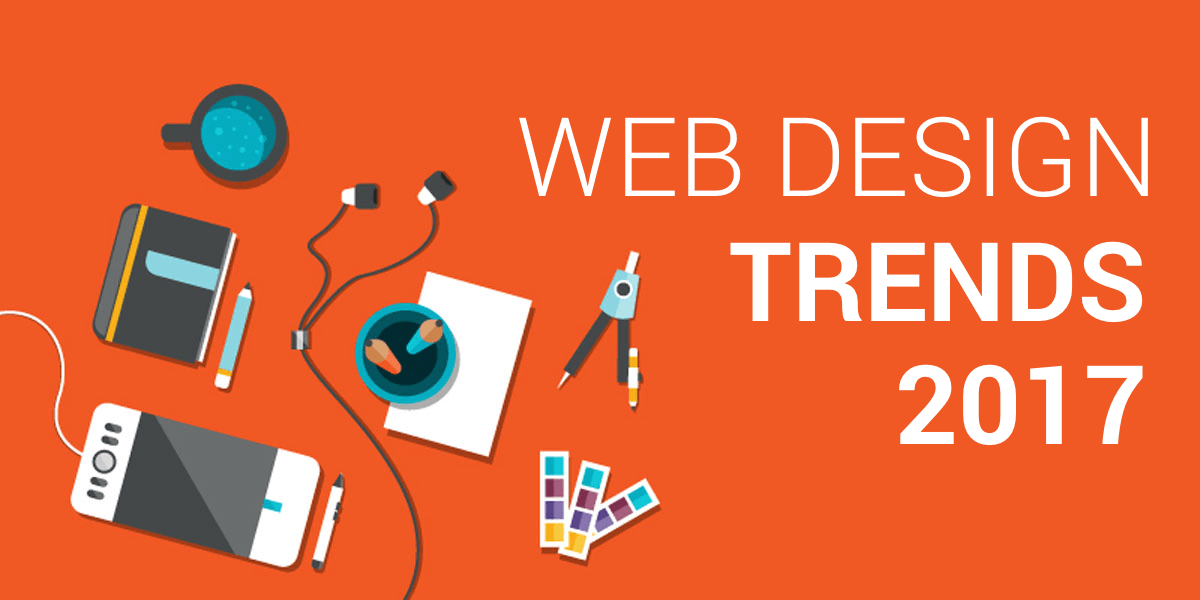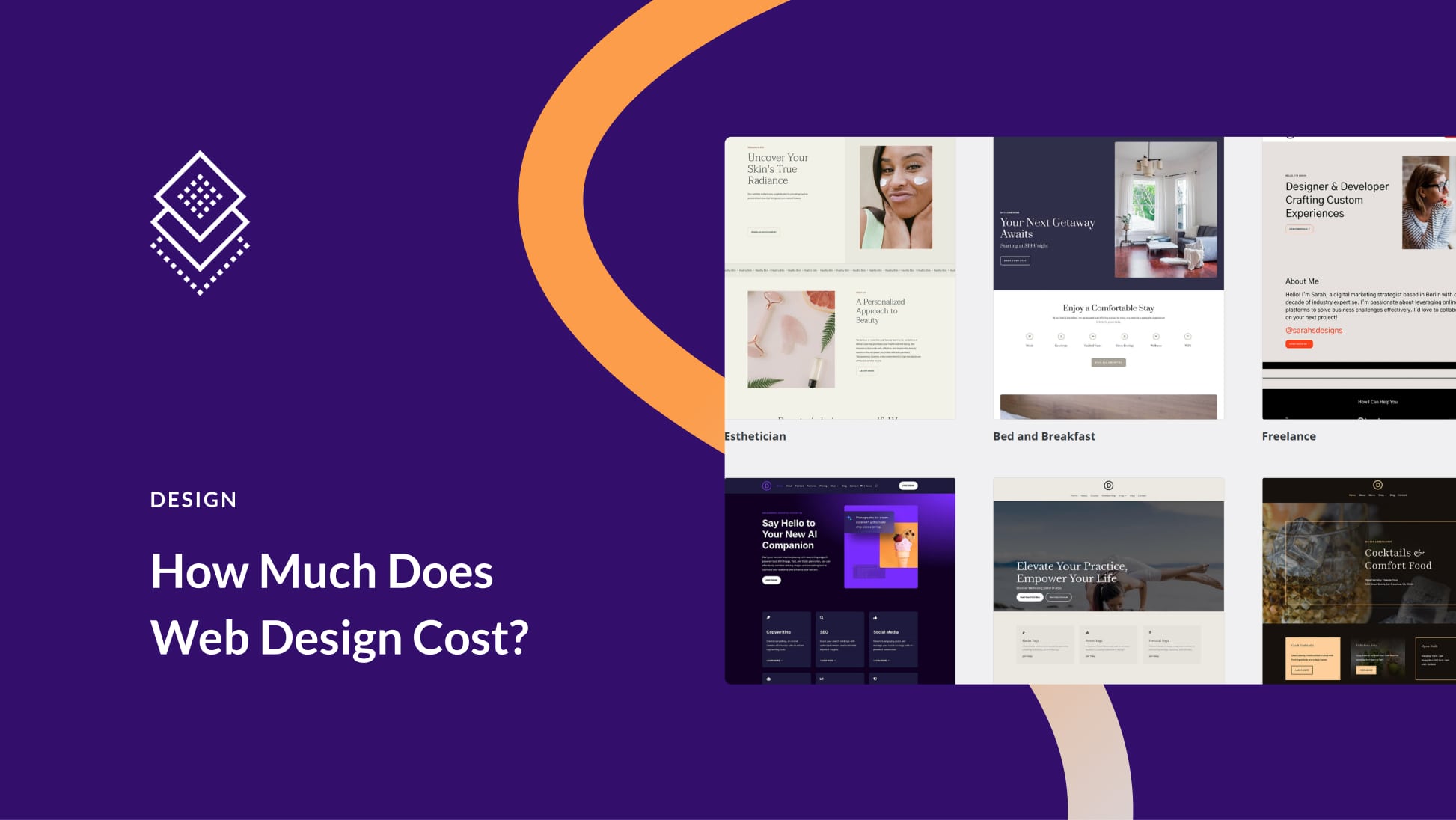Creative Aligned Position Web Design: Cutting-Edge Solutions for Your Website’s Success
Creative Aligned Position Web Design: Cutting-Edge Solutions for Your Website’s Success
Blog Article
The Most Effective Types of Web Design to Improve User Experience and Interaction
In the ever-evolving landscape of digital interaction, the performance of Web style considerably influences user experience and engagement. Numerous design techniques, such as minimalist, responsive, and interactive formats, each deal one-of-a-kind advantages that can provide to varied individual demands. Recognizing which sorts of Web design finest serve these purposes can be essential for organizations intending to boost client fulfillment and retention. The question stays: which style components truly reverberate with customers and foster meaningful engagement? The exploration of these principles reveals vital insights that may redefine your approach to Web layout.
Minimalist Web Layout
As digital landscapes end up being progressively messy, minimalist Web layout has actually arised as an effective strategy to boosting customer experience. This design approach prioritizes simplicity, concentrating on vital aspects while getting rid of unneeded diversions. By using sufficient white space, straightforward navigating, and a limited shade combination, minimalist design cultivates quality and routes customer interest to key web content.
The core concept of minimalist Web design is to create a smooth interaction for individuals. By reducing cognitive lots, customers can promptly grasp details without feeling bewildered. This direct approach not just enhances usability yet likewise encourages involvement, as site visitors are extra likely to explore a website that is simple and aesthetically attractive to navigate.
Furthermore, minimalist design commonly emphasizes typography and images, utilizing these aspects strategically to communicate messages effectively. This emphasis on important parts can enhance brand name identification and produce a remarkable individual experience. Fundamentally, minimalist Web style is not simply a fad; it is a thoughtful method that recognizes the relevance of user-centered style. By removing extraneous aspects, developers can create a more interesting, efficient, and satisfying Web experience for all users.
Responsive Web Style
In today's varied electronic environment, responsive website design has come to be vital for producing a smooth individual experience throughout a plethora of tools. As individuals accessibility internet sites on smart devices, laptops, tablet computers, and desktop computers, the capability of a web site to adjust its design and material to different screen dimensions and resolutions is vital.
Receptive Web design employs adaptable grids, pictures, and CSS media queries to ensure that Web material exists optimally, despite the device made use of. This strategy not just improves the visual charm of a site however additionally dramatically boosts usability. Customers are more probable to involve with a website that uses a consistent experience, as it eliminates the aggravation of needing to zoom in or scroll excessively.
In addition, search engines, consisting of Google, prioritize mobile-friendly websites in search positions. By adopting receptive style, companies can boost their exposure and reach a broader target market. This method also streamlines site upkeep, as a solitary version of the website can satisfy all tools, minimizing the need for multiple variations. In summary, receptive Web style is a fundamental technique that enhances customer experience, engagement, and total complete satisfaction.
Interactive Web Style
Receptive website design prepares for enhancing customer experience, yet interactive Web style takes this an action further by involving customers in a more vibrant method - Aligned Position Web Design. By incorporating elements such as animations, clickable prototypes, and real-time feedback, interactive website design astounds customers, attracting them right into a richer browsing experience
This approach not just cultivates interaction yet additionally encourages users to check out material proactively instead than passively eating it. Techniques such as gamification, where users make rewards for completing tasks, can substantially improve the moment invested on a website and boost general contentment. Interactive attributes can simplify complicated info, making it a lot more digestible and enjoyable.

Integrating interactive layout aspects can additionally try this site cause greater conversion prices, as customers are most likely to involve with a website that proactively involves them. Aligned Position Web Design. Inevitably, interactive website design changes user experiences right into unforgettable trips, ensuring that visitors return time after time
Flat Design
Defined by its minimalistic approach, flat layout highlights simplicity and functionality, removing unneeded aspects and concentrating on necessary functions. This style ideology focuses on use, ensuring that customers can navigate interfaces effortlessly and efficiency. By employing a tidy aesthetic, flat design removes the clutter commonly discovered in extra luxuriant styles, thus improving user concentrate Read Full Article on material and capability.
The characteristic of level layout exists in its use of vibrant shades, simple typography, and geometric shapes. These elements add to a visually attractive user interface that is both contemporary and approachable. In addition, flat style fosters a sense of quality, permitting users to determine vital actions and information without diversion.
Additionally, flat style is especially reliable in receptive Web design, as its simplicity equates well throughout various tools and screen sizes. The lack of complex appearances and gradients minimizes loading times, which is essential for keeping individual interaction. As digital landscapes continue to advance, flat layout remains a relevant selection for developing straightforward websites that improve general experience. By focusing on vital features, level design not only fulfills individual requirements but also urges seamless communication, making it an essential element of effective Web layout methods.
Adaptive Web Design
Flexible Web style personalizes the user experience by producing several fixed layouts customized to different display dimensions and gadgets. Unlike responsive layout, which fluidly readjusts a solitary format, flexible style utilizes distinct formats for specific breakpoints, ensuring optimum presentation on numerous platforms. This approach permits designers to concentrate on the unique qualities of each device, improving usability by providing precisely what users need based upon their context.
Among the primary benefits of adaptive website design is its capacity to enhance tons times and performance. By serving customized web content and photos that fit the customer's tool, internet sites can decrease information usage and improve loading rates. This is specifically beneficial for users with slower links or restricted data plans.

Additionally, adaptive style promotes a more regular and controlled branding experience. Given that designers produce several designs, they can make certain that the visual aspects straighten with the brand name's identity across various systems - Aligned Position Web Design. This leads to a cohesive user experience, improving involvement and promoting user retention
Final Thought
Minimal style promotes clarity and emphasis, while check my blog receptive style guarantees versatility across numerous tools, advertising availability. Jointly, these style approaches add to the production of easy to use environments that not only boost satisfaction yet also drive greater conversion rates, highlighting their important importance in contemporary Web layout approaches.

Minimal design promotes clearness and focus, while responsive style makes sure flexibility throughout numerous tools, advertising ease of access. Collectively, these design approaches contribute to the creation of user-friendly environments that not only enhance fulfillment however likewise drive higher conversion rates, emphasizing their crucial significance in contemporary Web layout approaches.
Report this page